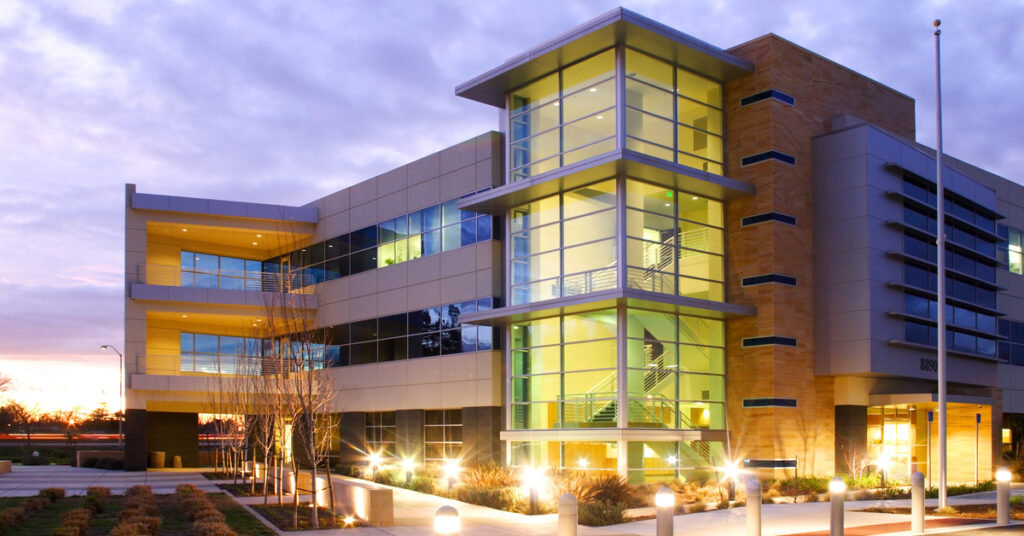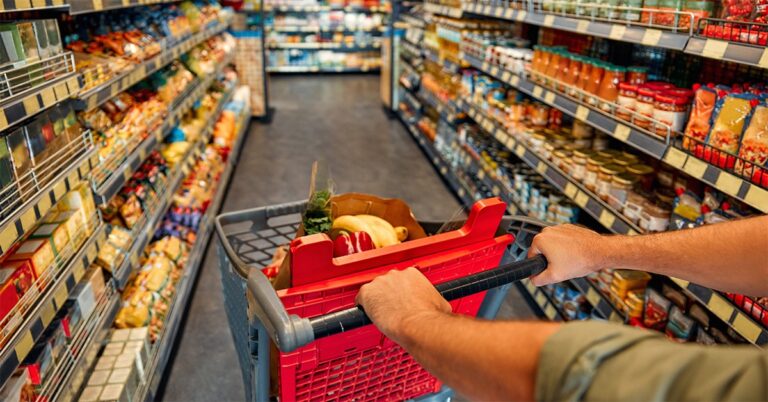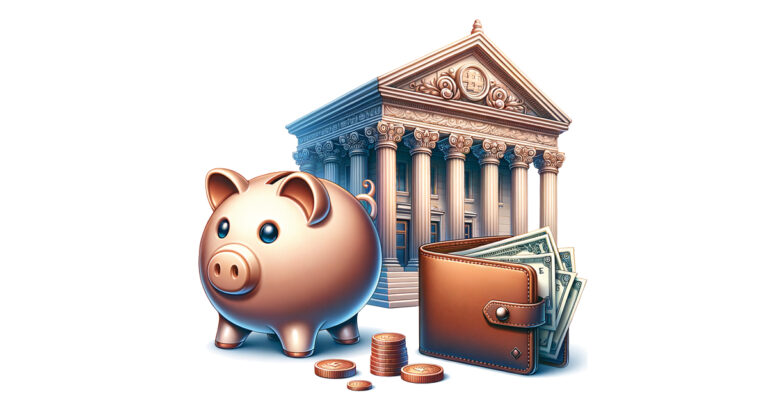While the commercial real estate continues to grapple with the myriad impacts of the COVID-19 pandemic, there’s at least one silver lining so far: Loan loss rates, on the whole, are weathering the storm.
Over a year and a half into the COVID era, loan loss rates — or the percentage of the original value of the loan that lenders would lose as a result of default — remain well below those set through the same stage of the global financial crisis of 2007-2009, according to Real Capital Analytics (RCA). The apartment sector, for example, has seen a loss rate of less than 10% since the beginning of the pandemic, compared to just above 36% during the same time after the onset of the last downturn.
Of course, part of the issue that helped usher in the crisis in the first place back then was overaggression in multifamily and condo redevelopment lending. The landscape was similar in other commercial sectors, and when the other shoe dropped and property prices tanked, lenders pulled back. That, of course, left many owners unable to refinance their loans. Those owners ended up divesting their assets at distress pricing into a market already thrown into disarray, triggering a vicious circle until regulators stepped in.
During the pandemic, on the other hand, lenders in the commercial space have shown nowhere near the risk aversion they displayed when the bottom fell out from 2007 to 2009. As a result, owners have generally been able to acquire any needed refinances and stave off distress. The problem this time around, RCA noted, is more tied to market fundamentals and whether or not properties can still reach their income potential; sectors facing less of such concerns, such as the aforementioned apartment space, are keeping the commercial market as a whole afloat. The industrial sector is another example, with a loss rate of under 15% so far.
Other sectors, however, aren’t faring as strongly. With the outbreak dragging on and concerns about density and onsite work persisting, central business district fundamentals have been among the most uncertain moving forward. Consequently, RCA’s numbers show the segment at a 23% loss rate thus far in the COVID era, nearly identical to the 24% loan loss rate of CBD offices in 2009. Likewise for hotels, whose first half 2021 loss rate of 29% is just a tick off from their 2009 loss rate of 30%.
Just about every other major commercial sector, though, is performing much better on the loss rate side this time around. Retail, notably, is proving resilient despite the uncertainty of its fundamentals even before coronavirus reared its ugly head. In 2009, retail’s loan loss rate was over 35%; it’s just over 25% through the first half of 2021. Suburban offices approached loss rates of 34% during the financial crisis but are staying between 20% and 25% now.
Loss rates, of course, could always begin rising sharply — simply put, we’re far from out of the woods when it comes to COVID-19. But at least this far in, lenders just aren’t seeing the same sharp losses from default than they did the last time there was a major economic crisis. More than 20 months into the pandemic, that’s a victory for the commercial market.







